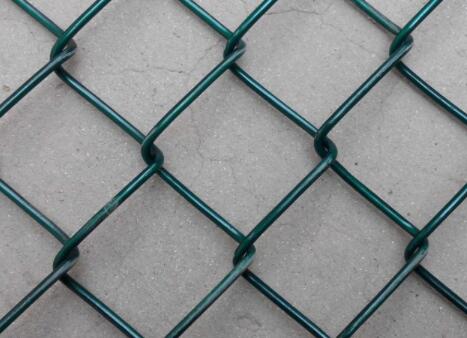Understanding Perforated Sheet Sizes and Their Applications
Perforated sheets are versatile materials widely used in various industries due to their unique combination of strength, aesthetics, and functionality. Composed of sheets of metal, plastic, or other materials with a series of uniformly spaced holes, perforated sheets play a crucial role in applications ranging from architecture and construction to filtration and acoustics. One of the primary considerations when utilizing perforated sheets is their size, which can significantly impact performance and usability.
Importance of Perforated Sheet Sizes
When working with perforated sheets, the dimensions – including length, width, and hole size – must be carefully selected based on the specific application. The size of a perforated sheet can affect airflow, light penetration, acoustic properties, and load-bearing capabilities. Therefore, accurately determining the required dimensions and hole patterns is essential for maximizing efficiency and effectiveness in any project.
Common Sizes of Perforated Sheets
Perforated sheets come in various standard sizes, but they can also be customized to meet specific requirements. The most common thicknesses for metal perforated sheets range from 0.5mm to 10mm, while plastic sheets may vary from 1mm to 5mm. The standard sizes generally found in the market include 4x8 feet, 4x10 feet, and 5x10 feet sheets. Additionally, the hole sizes can range from tiny (1/32 inch) to large (1 inch or more), with patterns being either round, square, or rectangular.
Customization and Precision
perforated sheet sizes

One of the great advantages of perforated sheets is their customizable nature. Many manufacturers offer the option to create bespoke sizes and hole patterns tailored specifically to the needs of the user. This flexibility allows architects, engineers, and designers to incorporate perforated sheets into their projects with precision. Custom-sized perforated sheets are especially beneficial in specialized applications, such as bespoke architectural facades or unique industrial designs.
Applications in Different Industries
Perforated sheets have a myriad of applications across different fields. In construction and architecture, they are often used for decorative facades, sunshades, and interior design elements. The evenly spaced holes allow natural light to filter through while maintaining privacy and reducing heat gain. In the industrial sector, perforated sheets are frequently used in filter systems, where the perforations facilitate the flow of fluids while trapping solid particles or debris.
The acoustics industry also benefits from perforated sheets. They are used in sound dampening applications where controlling noise levels is essential. The size and pattern of the holes can be designed to optimize sound absorption, making these sheets invaluable in concert halls, recording studios, and open office spaces.
Conclusion
In conclusion, the size of perforated sheets is a critical factor influencing their performance and applicability across various industries. By understanding the standard sizes available and the option for customization, users can better select the right perforated sheet for their specific needs. Whether enhancing architectural designs or facilitating industrial processes, perforated sheets continue to be an essential material that balances functionality and aesthetics. With the right specifications, these versatile sheets can contribute significantly to the success of various projects, ensuring they meet both practical and design-oriented goals.

















